Michael's RPG Shelf: I Gotta Have My Cantrips!, Part One - A History of D&D's 0-Level Spells.
Spellcasters in Dungeons & Dragons have gotten more and more powerful with each new edition. If you don't believe me, just go have a look at the original rules published by Gygax and Arneson, where Magic Users of first level could learn only a single spell, chosen from a list of eight, to cast once per day: Detect Magic, Hold Portal, Read Magic, Read Languages, Protection From Evil, Light, Charm Person, and Sleep.
That's right: in old school D&D, there was no Magic Missile! No first level magic user worth his robes picked anything but Sleep anyway--it was far and away the best battlefield control magic available to the neophyte conjurer. In fact, in the original game, a mage didn't gain access to direct damage spells until attaining fifth level, where the likes of Fireball and Lightning Bolt entered the picture. There were also no such thing as zero-level spells, or cantrips. Low-level mages, in early editions of the game, were one-and-done single-shot artillery, relegated to cloth robes and daggers for defense and offense respectively, with extremely low hit point totals who required the vigilance and protection of the fighter-types in the party if they were to have any hope of living to see level two.
Cantrips don't appear in Dungeons & Dragons in any capacity until an article penned by Gary Gygax for Dragon #59 in 1982:
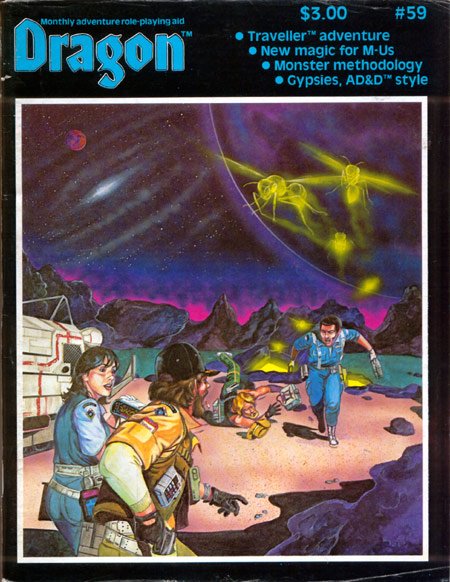
Source: Forgotten Realms Wiki
They were proposed as minor spells mages learned during the course of their training, but which most choose to forego once they reach 1st level and head out into the world. Gygax came up with 66 separate cantrips which could be learned by mages at a ratio of 4:1--for every 1st level spell a mage gave up, they could pick four cantrips from the list. This article was later adapted into the 1st edition AD&D hardcover Unearthed Arcana, which made it official as far as rules went (magic items, monsters, spells, and other things introduced in Dragon were always considered optional variants until they showed up in an actual hardcover or softcover book).
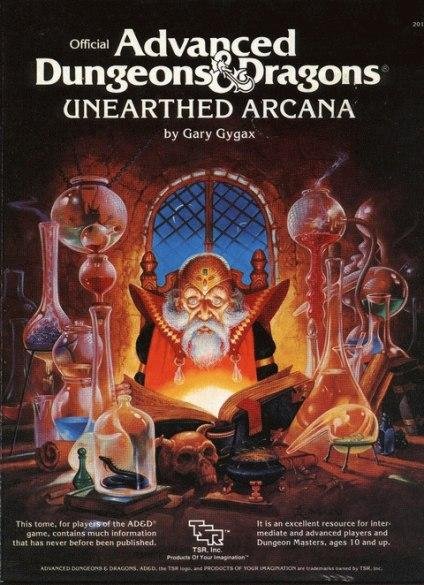
Source: Forgotten Realms Wiki
The problem with the cantrips so presented was that, while they could be useful under certain circumstances, most of them were so conditional or limited in their options you'd be hard-pressed to find any low-level mage willing to sacrifice the ability to cast Magic Missile or Charm Person, even for four separate spells. They could still only be cast once, they had to be re-memorized like any other spell (so you could memorize four separate cantrips, or one cantrip twice and two other single cantrips, or four of the same cantrip, etc...), and their usefulness on any given adventure was never guaranteed. They were also for mages only; Clerics, Druids, Bards, and other spell-casting classes didn't get them unless they grabbed a level of Wizard as a multi-class option.
Still, Gygax had the right idea: wizards in fantasy literature were always using magic to relatively mundane ends, whether it was to show off, or to simply make life easier. Wizards didn't spend time cleaning, they animated a feather duster and had it take care of the bedroom while they were in the study. They didn't waste time fumbling around for matches, they shot a few sparks from a fingertip and lit the pipe tobacco. They didn't lace up their own boots, they mimed a motion with their hands and the laces crossed and tied themselves. Cantrips were role-playing aids meant to make casual encounters more interesting, amusing, and fun. It's just that the rules, as they stood for mages, got in the way.
With the arrival of the much-anticipated 2nd Edition Player's Handbook, which presented a stripped down ruleset from the glut of material produced during 1st Edition, cantrips disappeared almost entirely.
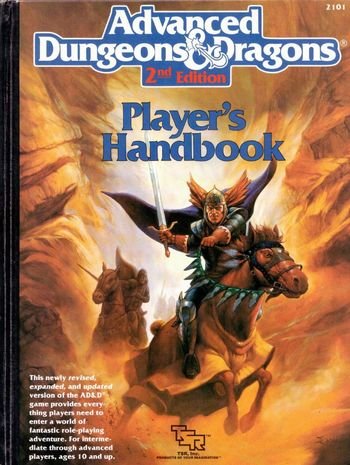
Source: Forgotten Realms Wiki
Gygax's original concept of a 0-level spell system as presented in Unearthed Arcana was eliminated, and in its place arrived the 1st-level Wizard spell, "Cantrip". This spell worked as a catch-all for the sort of mundane magical effects represented by the original sixty-six separate cantrips: it was a single first-level spell slot that you used, but in picking this, you basically obtained the entirety of that original cantrip library instead of having to choose from only four. Additionally the spell had a one-hour duration--this meant you could produce a wide variety of effects over a relatively long period of time instead of settling for just one per casting.
The spell still retained the mundane nature of its effects, as the text explains:
So minor are these effects that they have severe limitations. They are unable to cause a loss of hit points, cannot affect the concentration of spell casters, and can create only small, obviously magical, materials. Furthermore, materials created by cantrip are extremely fragile and cannot be used as tools of any sort. Lastly, a cantrip lacks the ability to duplicate any other spell effects.
The spell's description gives several examples of what "Cantrip" can accomplish: producing the sound of tinkling bells, freshening up faded flowers, a puff of wind to make candle flames dance, the production of small balls of light, spicing up bland food, and the like. Basically, one was to think of cantrips as parlor tricks, possibly used in conjunction with other spells like "Unseen Servant", to make a mage's life easier. While the reduction of nearly seventy different 0-level spells under the umbrella of a single 1st-level spell was a fantastic idea, non-Mage spellcasters still got the shaft, and no first-level mage was ever going to opt for "Cantrip" when there were forty-four other 1st-level spells available, each with exponentially greater application to the adventuring lifestyle than that one. Pitting "Cantrip" against the likes of "Burning Hands", "Find Familiar", "Magic Missile", "Identify", and "Detect Magic" was no contest at all. What's more, even at higher levels, when mages would have a larger number of first-level spell slots available, there were many first-level spells like "Sleep", "Charm Person", and "Spider Climb" which remained exceptionally useful, or even grew in power with the mage. Swapping one of these for "Cantrip" was great for entertaining people at a social gathering, but a sucker's bet for any wizard who set foot outside her home with any degree of regularity.
Cantrips didn't really come into their own until the production of the third edition of Dungeons & Dragons, published in 2000 by Wizards of the Coast after their acquisition of TSR, Inc. a few years earlier.
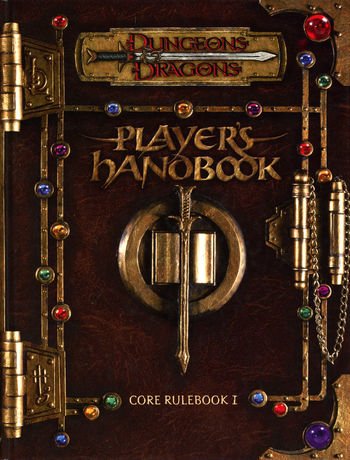
Source: Forgotten Realms Wiki
The 3E design team re-worked the classic spell lists from 1st and 2nd Edition, and made some sweeping changes. First, the idea of 0-level spells returned, and in force. No longer just for mages, every spellcasting class including Bards and Druids received access to their own cantrips or orisons (as 0-level divine magic is called). Second, a number of spells which were originally 1st level got downgraded into cantrips themselves. "Light", "Read Magic", "Mending", and "Dancing Lights", which produced useful effects for first-level magic but were generally overlooked in favor of more naked displays of force, were busted to 0-level, along with a few others like "Purify Food and Drink", "Create Water", and "Detect Magic". In addition, a number of other low-powered spells such as "Guidance", "Cure Minor Wound", and "Flare" were created as new cantrips. "Prestidigitation" also showed up to duplicate the effects of the cantrips from earlier editions.
Taking cantrips now didn't mean sacrificing the ability to cast a more potent spell, and what's more, classes began with more spell slots overall. First-level wizards were still single-shot pyrotechnic blasts who needed to be shepherded through a dungeon by the armor-clad characters, but they gained the ability to cast multiple 0-level spells in a given day. What's more, new classes like the Sorcerer came online with the ability to throw multiple 1st-level spells and cantrips from day one, swapping broader early-game usefulness for lesser mid- and late-game power. Cantrips for the first time became an essential part of a spell slinger's arsenal--not for incredible offensive power or show-stopping displays of force, but rather because they allowed spellcasters to function like magically-enhanced beings with low-level abilities while permitting them to save higher-level magic for truly dire circumstances.
With the arrival of 4th Edition D&D, cantrips changed form yet again.
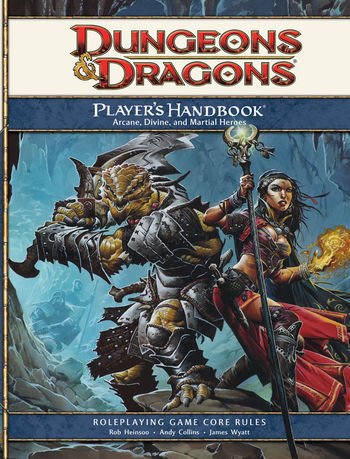
Source: Forgotten Realms Wiki
As in 2nd Edition, the idea of 0-level magic was discarded for all classes and races. In fact, spellcasting itself was completely overhauled for this ruleset. Magic-oriented classes were no longer restricted to a certain number of spells, per day, per level. Instead, spells were given different classifications and treated more like skills that could be invoked at-will, a limited number of times per encounter, or once per day. Under this system, a wizard or other spellcaster automatically knew multiple cantrips that could be used as needed during the course of a day. These included the afore-mentioned "Prestidigitation" cantrip from 3E, albeit in a slightly de-powered form, as well as "Light", "Ghost Hand" (which could manipulate objects outside of touch range), and "Ghost Sound" (which could produce an audible effect at a distance). Divine magic classes like Clerics lost their cantrip ability entirely. These were replaced with at-will prayers like "Sacred Flame" (allowing ranged damage to an enemy along with a temporary HP boost to an ally), and "Priest's Shield" (providing an AC bonus to yourself and one adjacent ally).
Cantrips ceased to be spells, instead becoming spell-like powers, usable at will but extremely de-powered and hamstrung from their previous wide range of options under 3E. Given 4E's massive shift in focus to combat and specific encounters, this isn't surprising.
So now here we are with the Fifth Edition of D&D, and cantrips have made their triumphant return in a new, more functional, and more adaptable form.
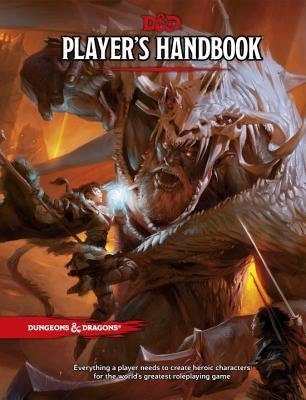
Taking a page from 3E, cantrips are back to being 0-level spells personally selected by the caster instead of being a small array of spells which every caster knows by heart. Separate lists of cantrips are available to each spellcasting class, allowing for personalization and customization as a player sees fit. Taking a page from 4E however, 0-level spells are now considered at-will abilities. They are spells so well-rehearsed and practiced that a caster uses up barely any magical reserves when conjuring them. They've also been powered up from previous editions to ensure mages are no longer one-hit wonders at first level, with spells like "Firebolt", "Eldritch Blast", and "Shocking Grasp" allowing even neophyte wizards to engage in prolonged combat both at range and up close.
What's more, every class now has access to their own version of the 2E "Cantrip" spell, with arcane caster sorts like Wizards and Sorcerers getting the classic "Prestidigitation" (beefed up from it's 4E nerf), Clerics and other divine casters "Thaumaturgy", and Druids the nature-based "Druidcraft". These cantrips all have enough differences to make them separate spells, but they allow for roughly the same types of effects: low-level, incidental magic meant to increase opportunities for roleplaying and creativity among PCs without forcing them to sacrifice high-level spell slots in exchange for such story-telling enhancements.
Finally, with Fifth Edition, the lowly cantrip has found its place in the world! It's hard for me to anticipate what may lie ahead for cantrips in subsequent editions of the game I've loved for so long, but for what it's worth, I think Wizards of the Coast nailed cantrips with this edition. They make playing spellcasters fun again in a creative sense, opening lots of doors previous editions closed off with limited uses or the requirement to sacrifice higher-level magic in order to obtain them. Now there's no need to fear trying things that you otherwise might not think of, as cantrips have become tools to be used instead of power to be rationed. They retain that usefulness even at higher levels, as shown by an increase in the number a character can learn as they grow in power. Even at 10th level, cantrips like "Mage Hand" and "Druidcraft" have incredible uses limited only by your imagination (as well as your DM's rulings, naturally).
Now that we've run down the history of these fascinating and tidy little spells, part two of this article will focus on specific cantrips from 5E that every magic wielder worth his scrolls, lute, or holy symbol should know, why they should know them, and their applications which range from useful to hilarious to overpowering.
Overpowered? Zero-level spells?
Oh yeah. I'm going to turn you into a one-man (or one-woman) tabletop terror using nothing but at-will abilities. Your DM will think you took a "Chill Touch" to his 'nads. Follow me, and get ready to mold your already considerable creative powers into an unstoppable wrecking ball. A veritable orgy of destruction awaits in Part Two of "I Gotta Have My Cantrips!"
(Note: actual campaign demolition via application of cantrips is strongly discouraged. I also may be over-selling things. It's hyperbole. Get used to it. It happens on this blog.)
I remember going into Games Workshop and seeing piles of those AD&D books, and they always looked interesting with the art and colours.
You needed to be a real geek here to play though.
I demand that you start a series reviewing dating simulator games and visual novel games that are basically just hentai. I'll even allow tissues and lotion to be nearby. You know, in case your nose starts hurting or your skin feels dry.
Plus, you'd probably be the only person on earth to make crypto reviewing them, to be fair. I'm just saying.
Well, since I have no idea at all what the ever-loving peckersnot you're talking about, you're gonna have to give me a few dozen titles there, Hugh Jack-man. I'm sure you're busy and all, what with your full-time job and your part-time heckling gig here on my blog, but I'm utterly and completely unfamiliar with the likes of Kana ~ Little Sister, Three Sisters' Story, Divi-Dead, X-Change, Season of the Sakura, Little My Maid, Holy Beautiful Girls Squad Lakers, Monster Girl Quest, Runaway City, Snow Drop, Do You Like Horny Bunnies?, Isaku, Eve Burst Error, Knights of Xentar, Marble Cooking, Metal & Lace: Battle of the Robo-Babes, Fatal Relations, Can Can Bunny, Viper V-6, and Twin Peaches.
I have definitely, without a doubt, never even heard of titles like Custom Mate, Idol Janshi Suchie-Pai, Injuu Genmu, Desire, Coming Heart, Adam: The Double Factor, Ai Shimai, Gibo: Stepmother's Sin, Paradise Heights, GunBlaze, Idol Project, Twilight, Ring Out, or C'est La Vie.
Also, it should be known that I couldn't possibly be aware of games like Doki Doki Vacation, Tokimeki Check-In!, iF, Cyber Illusion, Lightning Warrior Raidy, Bible Black, Secret Wives Club, Fairy Nights, Kiss yori, Critical Point, Mobius Roid, Star Trap, Valentine Kiss, or Fermion.
So, now that I've made it abundantly clear that no games like Sex 2, Dragon Knight 4, V.G.: Variable Geo, Dengenki Nurse, Super D.P.S., Ever 17, Yellow Lemon, My Lolita, and Sexy Beach Play 3 have never been installed on my hard drive, I'll ask you again: what do you recommend someone as ill-informed about these "hentai games" should play, hmmmm?
You know what? Never mind. I'll ask @blewitt. Dude's probably got half a dozen password protected flash drives he'll trade me for a few hundred Steem.
A: This was my first comment on a post of yours in 2 months since I haven't been on here in 2 months, I'm probably fired from my part time gig...
B: If by full time job you mean me basically laying around touching myself, then hot damn you're right.
Wonderful and detailed writeup! Ive always played melee classes like barbarian, fighter and paladin, but in our next one shot im playing an arcane archer who gets one free cantrip.
I'm playing a 5E wizard, and I am finding some oddities in the spells. I liked being able to cast offensive magic at will from lvl. 1, but my firebolt cantrip is now more powerful than most of the offensive spells in my lvl. 1 slots. Witch Bolt sucks. Magic Missile is decent, and can be powered up. But there's no reason to NOT use Fire Bolt as my go-to spell, because it does 2d10 damage right now at no spell slot cost. And I can do it every turn in combat.
Nice write-up! Very interesting to read the whole history, since I'm only familiar with 2nd and 5th editions. Looking forward to part 2.
As a follower of @followforupvotes this post has been randomly selected and upvoted! Enjoy your upvote and have a great day!